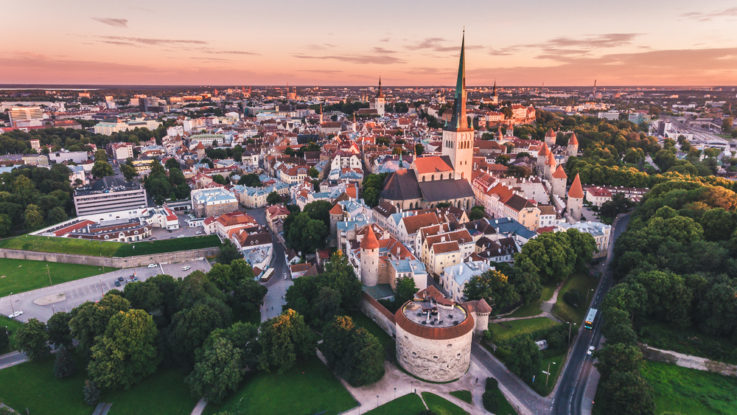
Tallinn, the capital city of Estonia, is now using a digital transport model to help predict the mobility needs of its residents, and also make the planning of urban transport and urban space more efficient.
The digital model was developed by the Tallinn Transport Department using software from PTV Group. It provides a way of testing and analysing scenarios in transport planning, such as predicting changes in traffic patterns should one route be temporarily blocked or closed. The model is unique in that it can not only predict a persons’ movements between two different points, but also more complex patterns of movement, such as a resident stopping at a store on the way home from work.
The transport model uses continuously updated data from 130,000 sections of road and 51,450 nodes within the city, and incorporates the movements of private cars, public transport vehicles, trucks, and pedestrians. It can be used to distinguish between 12 different types of road users, including: students, commuters with or without cars, and the elderly. It is expected that this will help to predict and take into account the transport needs of different people in the city.
“The transport model is a digital tool that brings together all available data to help us understand how and when people move around Tallinn. It can help us predict transport problems and understand their causes, and enables us to make decisions that support the city’s holistic development as well as anticipate the impact of those decisions. It is not a survey for a specific project but rather a permanent internal analytical tool that can be used to assess the feasibility and traffic impact of all major infrastructure investments,” said Andrei Novikov, Deputy Mayor of Tallinn. “The model helps us assess the different needs of people in each area. For example, the traffic simulations in the model can be used to make decisions on the capacity needs of specific streets or on upgrading the city’s public transport network.”